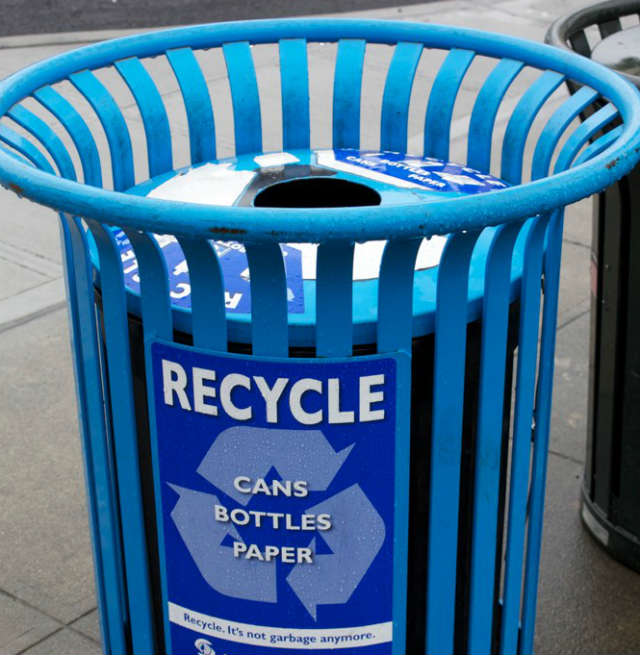
You don’t have to be really old to remember the days when “recycling” meant “separating your paper from your aluminum from your plastic.” When we lived in Las Vegas in the ’90s, our curbside service gave us three different bins for materials. Here in St. Louis, I used to have to separate materials and then take them to centrally located dumpsters in our part of the city. While separating was never that big of a deal, it was definitely something that kept recycling rates down: people just didn’t want to take the time to separate materials out into those three containers.. Thus was born “single stream recycling.”
While it does result in the contamination of some material, single stream recycling – essentially, putting all materials into one container – has helped raise rates of recycling. Now, I can take everything out to recycling dumpster in the alley and just dump it – no separation required! But, as someone who thinks about these things, it’s also occurred to me “Wow, this must increase the cost of recycling.” The materials do still have to be separated out, and that’s got to require a lot of human labor. How could you possibly automate that?
It turns out you can. The video below, from western Ohio waste handler Rumpke demonstrates the latest in material separation at its plant in Dayton. Yes, there is a sizable amount of human labor, but there are automated aspects to the system, also. I don’t know what kind of costs this adds to recycling, but this strikes me as a nice balance between efficiency through automation and green job creation.
Got inside knowledge of the processing of single stream recycling? Work with the machinery, or the people? Share your insights with us…
